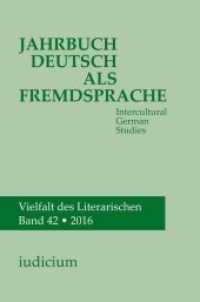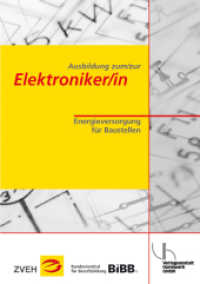- ホーム
- > 洋書
- > ドイツ書
- > Mathematics, Sciences & Technology
- > Biology
- > botanics
Description
(Text)
The author describes the adaptation to metal contaminated soils of various populations of Alyssum montanum L. (Brassicaceae) by conducting a large scale tolerance experiment, cytotype characterization, population genetic analyses and an exploratory genome scan. Metalliferous soils are a challenge for plant life as they force species to develop tolerance mechanisms to prevent toxic effects of metal ions. Therefore, plants adapted to metalliferous soils provide model systems for examining edaphic adaptation and its role in the formation of ecotypes as well as ecological speciation. A. montanum was proven to be a pseudometallophyte (plants that can tolerate a high metal content in their environment, but also thrive under normal conditions). Among populations different degrees of metal tolerance have been observed, ranging from metal sensitive to highly metal tolerant. Metal tolerance repeatedly evolved in various populations, whereby the tolerance is specific to the soil metal composition of the population site. Similar metal tolerance and similar differentiation in candidate loci in tolerant diploid and tetraploid populations indicate a parallel evolution of metal tolerance across cytotypes. Furthermore, populations of non-metal sites are probably able to develop tolerance within a short time period. Evidence was found for a local or even microgeographic adaptation in both cytotypes. These findings offer the opportunity for subsequent analyses to explore genetic architecture of metal tolerance and reproductive isolation in a non-model species in connection with edaphic differentiation.






